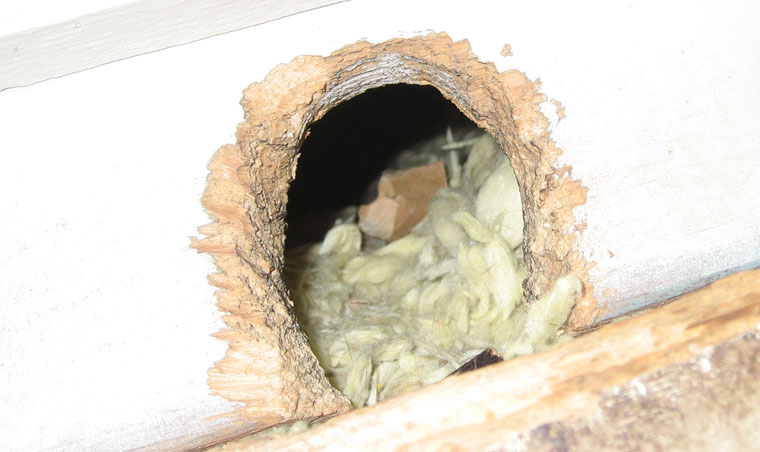-
info@aaanimalcontrol.com
Call us for help in your town
Humane Wildlife Education
What is the best way to repair a hole a rodent chewed in your house?
Need wildlife removal in your hometown? We service over 500 USA locations! Click here to hire us in your town and check prices - updated for year 2020.
Rodents are creatures that you will find anywhere that man lives. Rats, for example, have become so prolific in their expansion across the earth because they have been able to move along with human beings to every part of the world. They have adapted and survived because of their ability to live off of the ingenuity and exploration of mankind.

Rats are not the only ones. You will find that there are numerous species of rodents that are found all across the globe where human beings live, and this can often mean that these critters will dig their way through the walls of your home to be able to gain access into the home or to be able to move more freely about your house. This is clearly not what you want to see happen, and so you may want to know what is the best way to repair a hole a rodent has chewed in your house?
The important part of this is to be as thorough as possible in fixing that hole. If you do not do a good enough job about it, you can be sure that the rodent will simply start digging their way back through that area again, regaining access into your home. That is not something you wanted all.
To close any kind of hole you will need a few items, namely caulk, sealant, and steel wool. Where you begin is by mixing the steel wool inside the caulk. The reason behind this is simple. To deter the rodents from being able to chew through the caulk, something that they are capable of doing, the steel wool needs to be added.
What this does is quite simple. It acts as an irritant if the rodent tries to chew back at the location where it had access before. Steel wool can do damage to the rodent's teeth, and can also be incredibly irritating to its mouth in general. This is why it will stop chewing through there.
Once you have placed the caulk-steel wool mixture, it is a good idea to play some kind of sealant over the area where you have patched. This will not only help to harden the caulk, but adds an additional layer that can make it more difficult for the rodent to even try to get through. Keep in mind, you want to do all you can to stop this beast from being able to move freely around your home. The more steps you take, the better the results will be.
If you want to take an additional measure to keep the rodent from having any success, one additional thing that you can do is to add some form of repellent to the area. One of the best that you can create on your own is to mix jalapeno peppers and hot sauce and just lightly paint a coat of this on the location. You can be sure the rodents are not coming for that.
For more information, you may want to click on one of these guides that I wrote:
How To Guide: Who should I hire? - What questions to ask, to look for, who NOT to hire.
How To Guide: do it yourself! - Advice on saving money by doing wildlife removal yourself.
Guide: How much does wildlife removal cost? - Analysis of wildlife control prices.
Animals in the attic - read about the common species.
Noises in the attic - how to identify critters by their sounds.


















